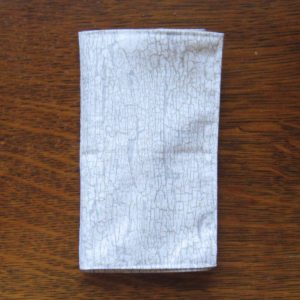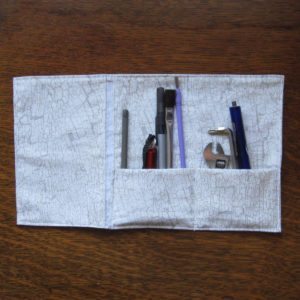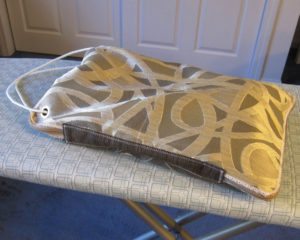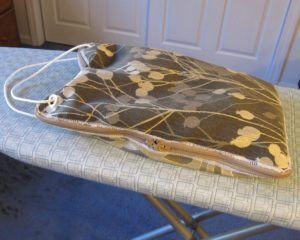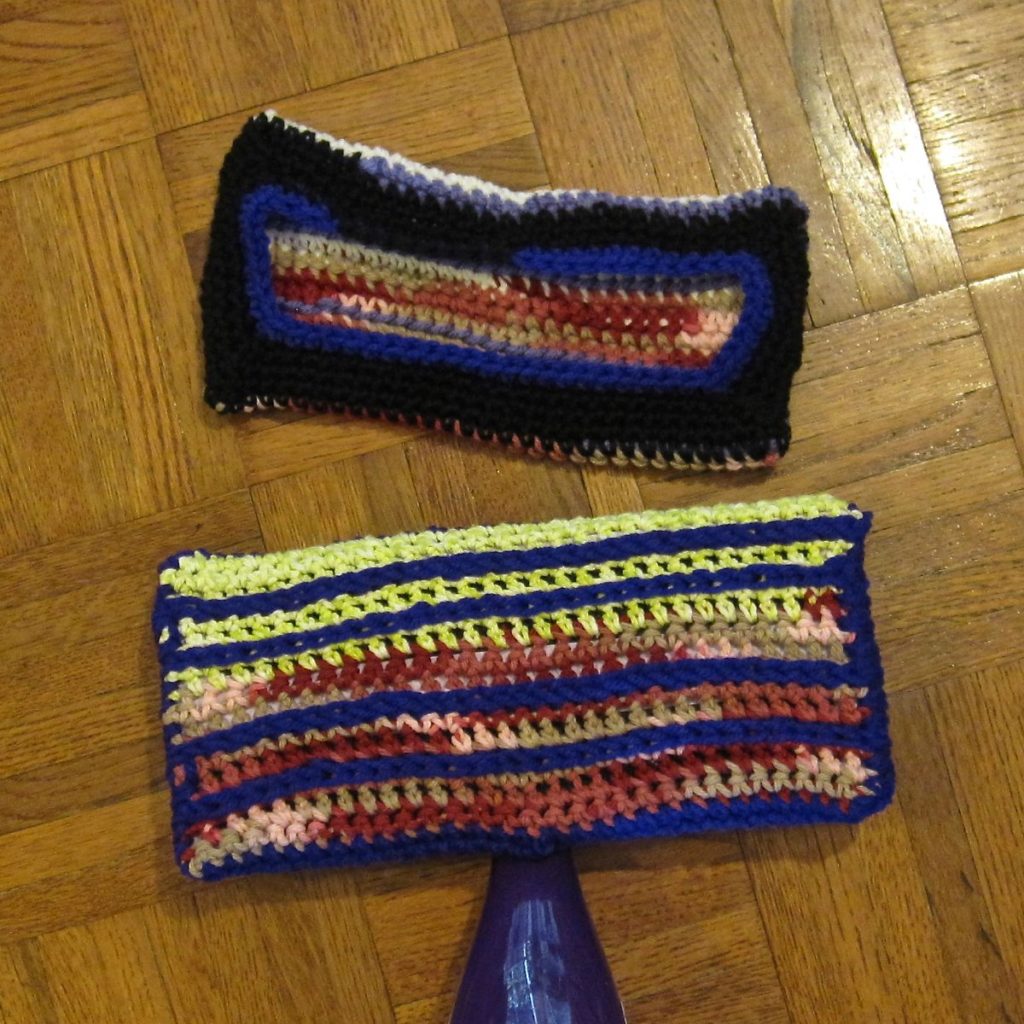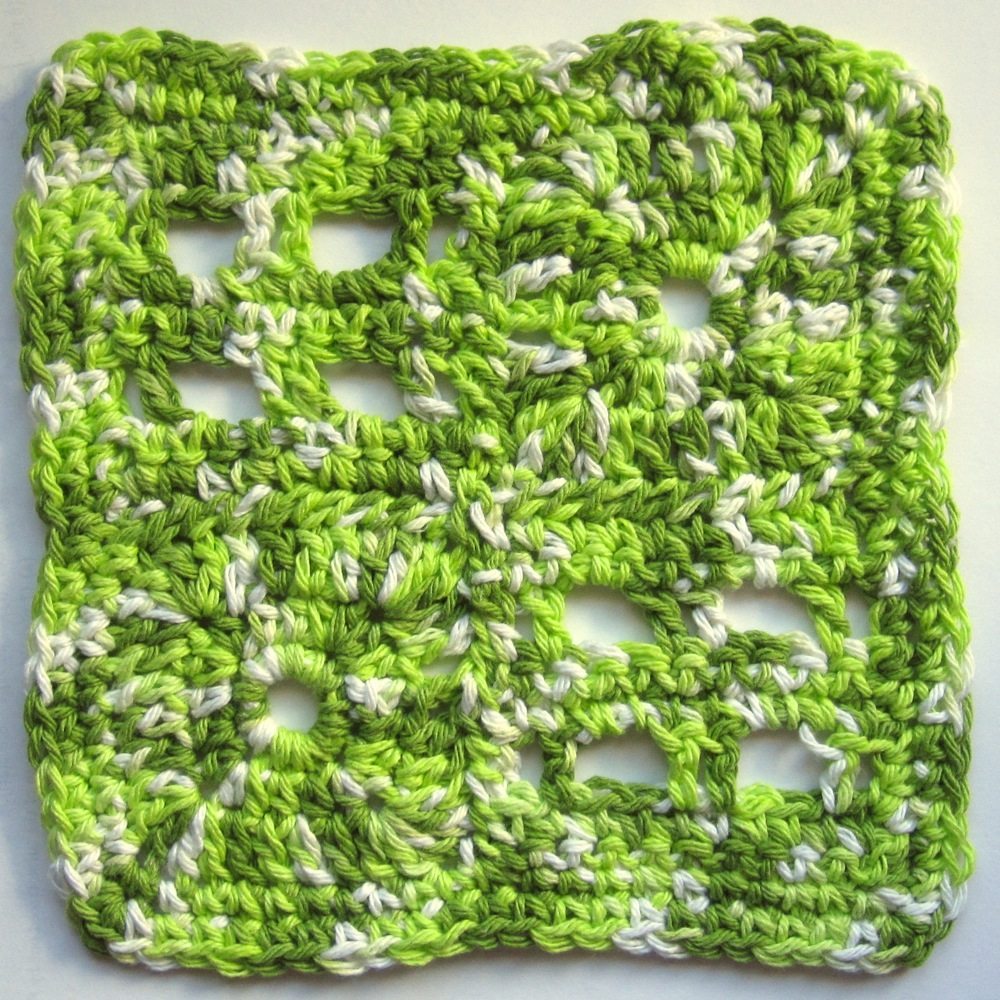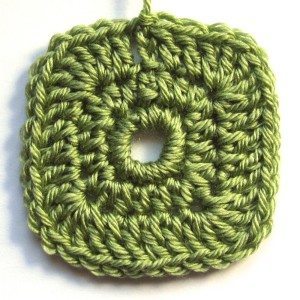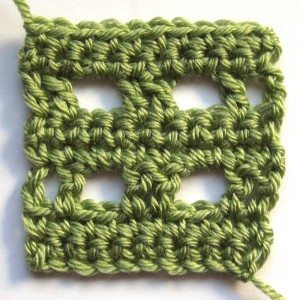Thank goodness for federal holidays! I jealously guard the ones I can for me-time, which means crafting time. Memorial Day was taken up with travel which means July 4th was the first time since President’s Day that I had a day I could preserve for just crafting – no chores, no errands, no outside obligations. Not coincidentally it was also the first time since President’s Day that I spent a whole afternoon in my sewing room; in fact, I spent a long afternoon plus the second half of the morning. It was glorious.
So let me show you what I made! There was some time spent on projects that didn’t get finished, of course, but I was very pleased with the completions.
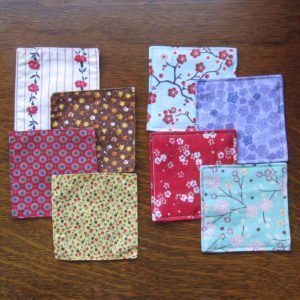
On the left, my old sewing room coasters, thin and blah. On the right, my new sewing room coasters, one layer thicker and more visually appealing. I had cut them out and done the first round of sewing previously, so finishing them was a sort of warm-up.
A roll for tools, similar to a knitting needle roll: one short divided pocket. Limitations of fabric meant the pocket couldn’t extend the whole way across, but that’s all right. The flap helps keep things together. I may decide to add a snap or other closure but we’ll see how it works out like this.
What the tool roll goes inside, the main event: a sewing machine repair travel tool bag. In this I can stash the basics for transport to the Sew-op or a friend’s house; any problems that require more than what fits in such a bag will be call for the machine to come home with me.
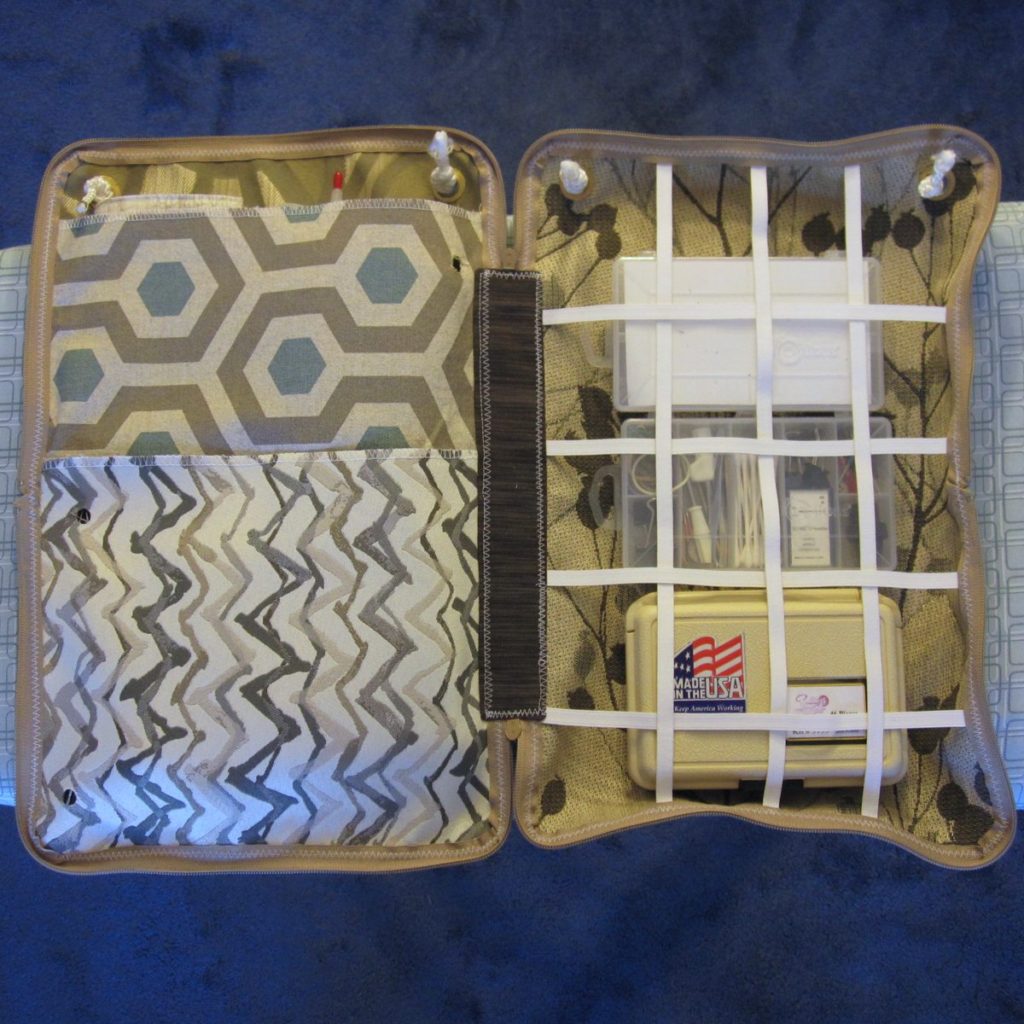
I am pleased with the bag and very pleased with myself that I dialed back my original plans, which would have involved many more pockets, individual elastic compartments for the three boxes, and in general a lot of complexity that may not have been so likely to come out well.
Except for the dark fabric making the “spine” of the bag the fabrics were all upholstery samples donated to the Sew-op. I bought the zippers – plus coordinating thread, but I decided to match the white serging they all shared instead. The rope was in our basement and the elastic was in my stash, as were all the materials for the previously-listed projects. A good haul for a day off.
